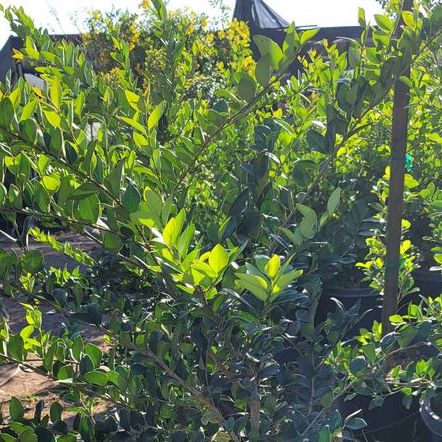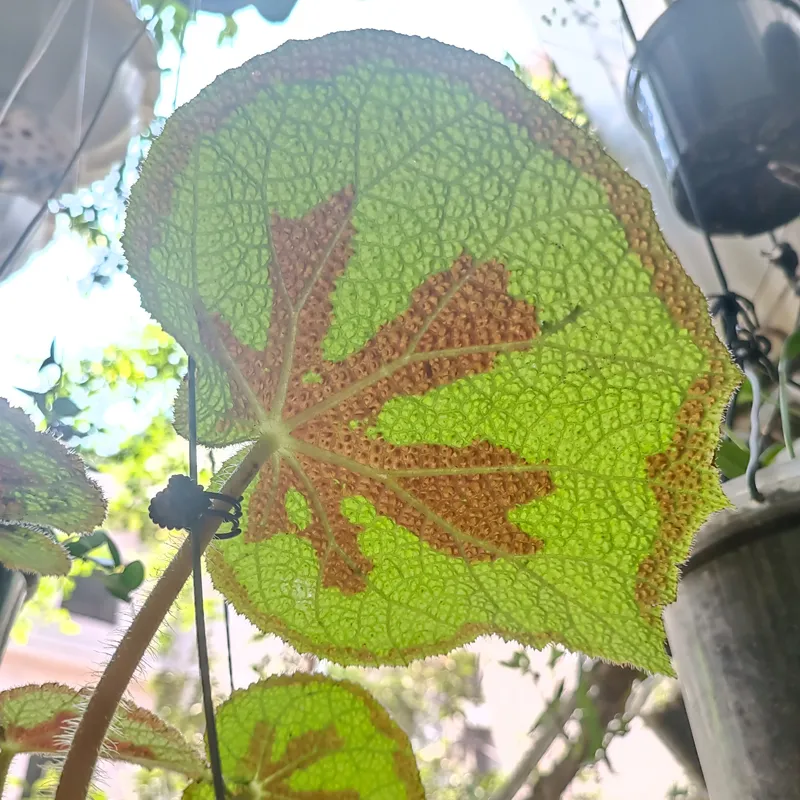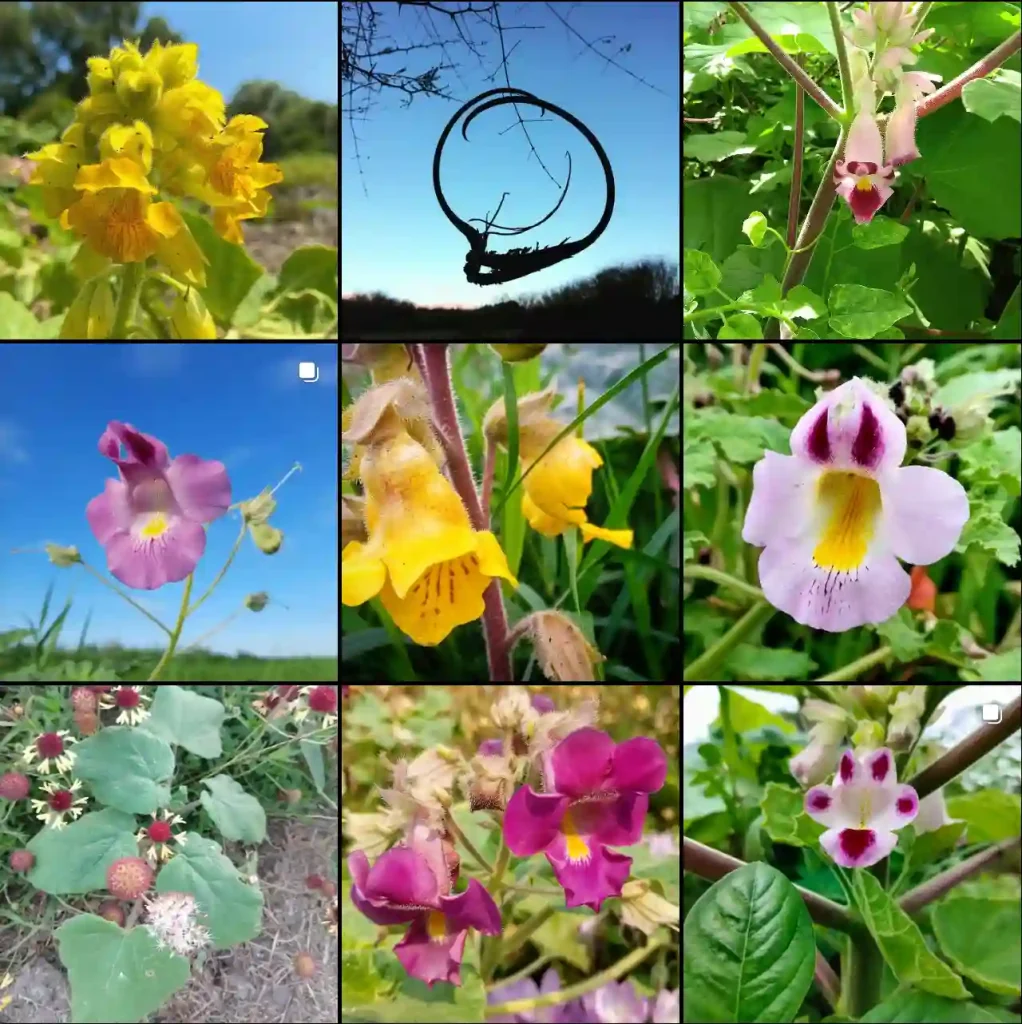Exploring the Salviniaceae Family
As I delve into the world of aquatic plants, I find the Salviniaceae family particularly fascinating. This family is home to a unique group of ferns, primarily consisting of the genera Azolla and Salvinia. Both genera play significant roles in aquatic ecosystems and have some interesting characteristics that I want to explore further.
Understanding the Salviniaceae Family
The Salviniaceae family, often referred to as the water ferns, includes floating ferns that thrive in freshwater habitats. They are commonly found in ponds, marshes, and slow-moving streams. What intrigues me most about these plants is their adaptability and resilience in various aquatic environments. They can often be seen covering the surface of water bodies, creating a green carpet that supports a diverse range of aquatic life.
Genera in the Salviniaceae Family
Azolla
The first genus, Azolla, is a small, free-floating fern that often appears in clusters. One of its most remarkable features is its symbiotic relationship with nitrogen-fixing cyanobacteria. This means that Azolla can thrive in nutrient-poor waters, enriching the environment with nitrogen as it grows. I’ve seen how Azolla can dramatically change the dynamics of a pond ecosystem, providing habitat for fish and other aquatic organisms while improving water quality.
In addition to its ecological benefits, Azolla has been used in agriculture, particularly in rice farming. Its ability to fix nitrogen makes it an excellent green manure, reducing the need for synthetic fertilizers. I’ve heard from farmers who swear by its benefits, noting that it can enhance soil fertility while also suppressing weeds. It’s amazing how a small plant can have such a big impact!
Salvinia
The second genus, Salvinia, is equally intriguing. These ferns are often larger than Azolla and have a distinct appearance with their floating leaves. What stands out to me is how Salvinia can form dense mats on water surfaces, which can be both beneficial and detrimental. On the one hand, these mats can provide shelter for aquatic life, but on the other hand, they can block sunlight from reaching submerged plants, disrupting the balance of the ecosystem.
One aspect I find particularly fascinating about Salvinia is its ability to reproduce rapidly. Under ideal conditions, it can double in size in just a few days. This rapid growth can lead to challenges in managed waterways, where it may outcompete native species and disrupt local ecosystems. I’ve witnessed firsthand how invasive Salvinia can choke out other plants, leading to significant changes in water chemistry and biodiversity.
Ecological Importance of Salviniaceae
Both Azolla and Salvinia contribute significantly to their ecosystems. They provide habitat and food for various aquatic species, from insects to fish. In my observations, these plants create a microhabitat that supports diverse life forms. I often see small fish darting in and out of Azolla mats, while insects take refuge among the leaves of Salvinia. Their role in nutrient cycling is also crucial, as they help filter pollutants and improve water clarity.
Moreover, the ability of these ferns to grow in various water conditions makes them invaluable in environmental management. They can be utilized in bioremediation efforts to help clean up polluted water bodies. In places where water quality has deteriorated, introducing these ferns can restore balance and promote healthier ecosystems. I’ve spoken to environmentalists who advocate for using Azolla and Salvinia in restoration projects, emphasizing their potential to revive damaged habitats.
Challenges and Conservation
Despite their ecological benefits, both genera face challenges. Habitat destruction, pollution, and climate change threaten their existence. Salvinia, in particular, has been noted for its invasive tendencies, which can lead to its removal in some regions. I believe it’s essential to strike a balance between using these plants for their benefits and managing their growth to prevent ecological imbalance.
Conservation efforts are crucial to ensure that Azolla and Salvinia continue to thrive in their natural habitats. As someone who has spent time observing these ferns, I feel a sense of responsibility to advocate for their protection. It’s important to promote awareness about their ecological roles and the need for sustainable management practices.
Conclusion
In conclusion, the Salviniaceae family, with its fascinating genera of Azolla and Salvinia, offers a glimpse into the complexities of aquatic ecosystems. Their adaptability, ecological importance, and potential for agricultural use make them invaluable. As I continue to learn more about these plants, I hope to share my passion for their conservation and promote their role in maintaining the health of our water bodies. Through our efforts, we can ensure that these remarkable ferns continue to flourish in the wild for generations to come.
If i die, water my plants!



